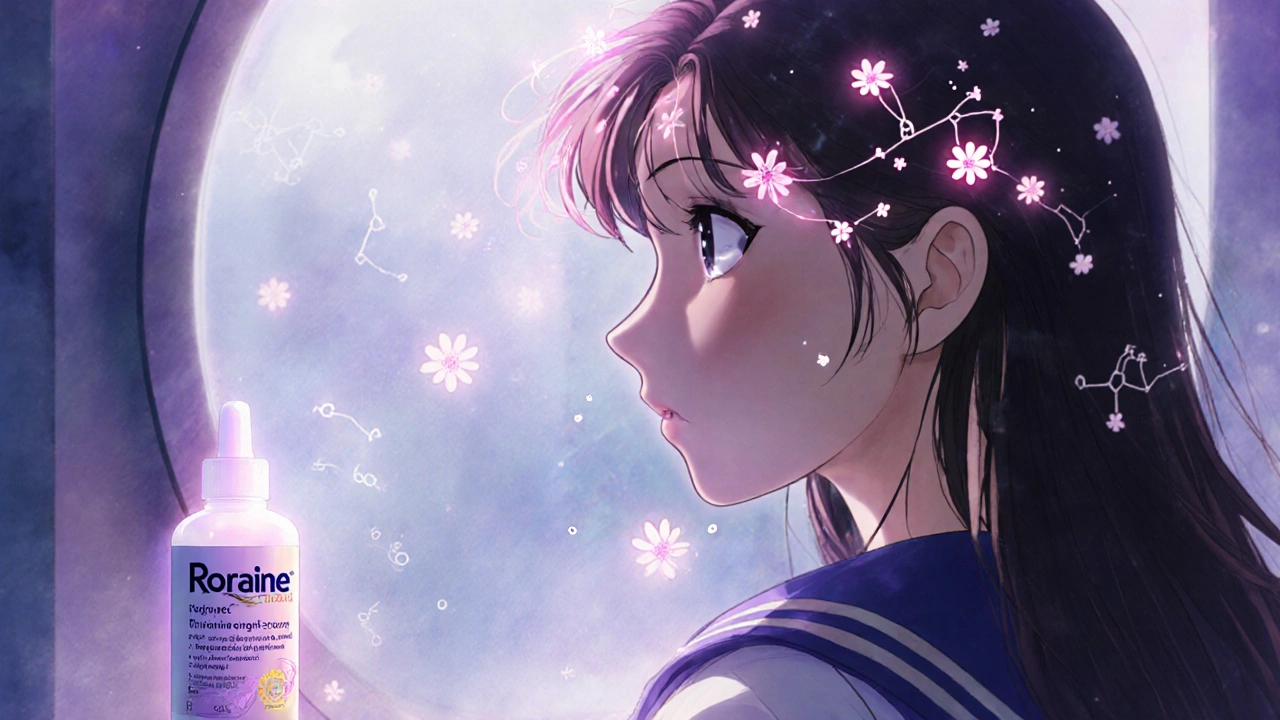Rogaine 2%: What It Is, How It Works, and What Alternatives Actually Help
When you’re losing hair, you want something that actually works—something you can trust. Rogaine 2%, a topical solution containing 2% minoxidil, is one of the few FDA-approved treatments for hair loss that’s been studied in real people for decades. Also known as minoxidil, it’s not a miracle cure, but it’s one of the few options backed by solid, repeatable results. Unlike pills that affect your whole body, Rogaine 2% works right where you apply it—on your scalp. It doesn’t stop hair loss overnight, but over months, it can slow thinning and even bring back some fine, soft hair where it’s needed most.
Rogaine 2% is often recommended for women with female pattern hair loss, while the 5% version is more common for men. But the science behind both is the same: minoxidil opens blood vessels in the scalp, giving hair follicles more oxygen and nutrients. It doesn’t fix the root cause—like genetics or hormones—but it helps follicles stay active longer. That’s why consistency matters. Skip a day or two? You might not notice. Skip weeks? The gains fade. People who stick with it for six months or more are the ones who see real change.
It’s not for everyone. If your hair loss is sudden, patchy, or accompanied by itching or redness, it might be something else—like alopecia areata or a scalp infection. Rogaine won’t help those. And if you’re expecting thick, dark hair to grow back like you had in your 20s, you’ll be disappointed. The new hair is often lighter and finer at first. But for many, that’s enough to feel more confident. You don’t need a prescription for Rogaine 2%, but you do need patience and honesty about what it can do.
That’s why the posts below cover more than just Rogaine. You’ll find real comparisons between minoxidil and finasteride, what works better for women versus men, how laser caps stack up, and why some people stop using it after a few months. We also break down side effects like scalp irritation and the dreaded initial shedding—what’s normal, what’s not, and when to call your doctor. Whether you’re just starting out or you’ve been on it for a year, these guides give you the facts without the hype.
